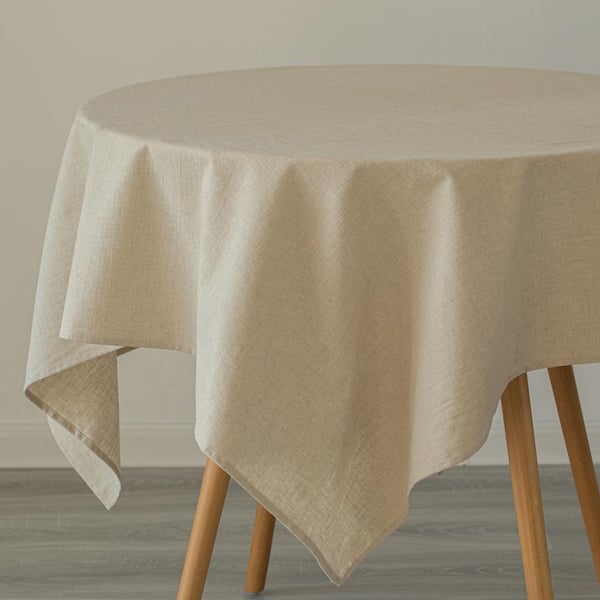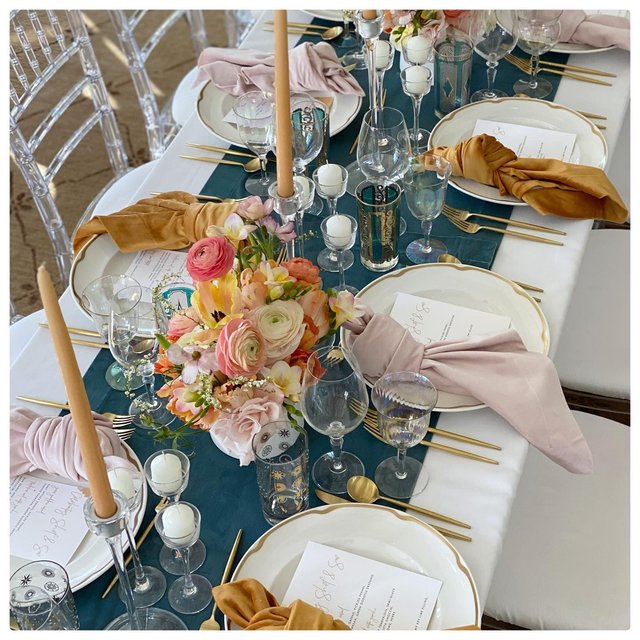Linen Fabric Advancements: Exploring Modern Trends and Creative Applications in Style and Textile Market
From lasting manufacturing approaches to advanced weaving modern technologies, the advancement of linen is reshaping the landscape of the textile market. As we dive right into the realms of creative style applications and the introduction of linen blends and hybrid materials, a brand-new chapter unravels in which linen's function in future textile developments takes center stage.
Lasting Practices in Bed Linen Production
Lasting practices in linen production have come to be increasingly crucial in the fabric industry's efforts to reduce ecological impact and advertise honest sourcing techniques. Bed linen, a natural fiber stemmed from the flax plant, supplies a variety of benefits such as biodegradability, breathability, and longevity. Nonetheless, traditional approaches of bed linen manufacturing can include considerable water consumption, pesticide usage, and energy-intensive procedures.
To attend to these difficulties, numerous textile manufacturers are taking on lasting practices throughout the linen manufacturing procedure. This includes sourcing flax from natural farms that stay clear of damaging pesticides and chemicals, carrying out water-efficient retting techniques to essence fibers from the flax stalks, and making use of environment-friendly dyes and finishes. In addition, some business are buying renewable power sources to power their manufacturing centers and decreasing waste through recycling and upcycling efforts.
Technological Innovations in Linen Weaving
With the growing focus on lasting methods in bed linen production, the textile sector is currently witnessing a rise in technological innovations particularly aimed at changing the art of linen weaving. These technologies are improving the way linen fabrics are created, offering boosted efficiency, top quality, and creativity in weaving strategies.
One of the crucial technological improvements in linen weaving is the combination of digital looms. These sophisticated looms are outfitted with software program that permits intricate and complex designs to be woven with precision. By digitizing the weaving procedure, manufacturers can accomplish greater consistency and precision in their bed linen materials.
In addition, developments in thread spinning modern technology have allowed the manufacturing of finer and more resilient bed linen threads - table cloths. This results in softer and smoother linen textiles that retain their high quality also after multiple uses and laundries
In addition, the development of environment-friendly dyeing procedures and coatings for linen fabrics is getting grip. These lasting practices not only minimize the ecological impact but likewise accommodate the boosting customer need for morally produced textiles.
Creative Design Applications for Bed Linen
Innovative artistic strategies are significantly forming the innovative layout applications for bed linen in the fabric market. Linen's all-natural visual charm and capacity to mix with other fabrics make it a favored choice for creating distinct garments and devices that provide to the environmentally aware consumer.
In addition, developers are try out bed linen in home decoration, using its durable and breathable nature to craft stylish furnishings such as curtains, bed linens, and upholstery. The structure and drape of bed linen bring a feeling of refinement and comfort to interior rooms, including a touch of elegance to contemporary homes.

Linen Blends and Crossbreed Fabrics

Hybrid materials, on the various other hand, take the idea of blending an action better by including additional elements such as metallic threads, recycled products, or conductive fibers. These cutting-edge textiles not only broaden the design possibilities but also introduce practical elements like conductivity, antimicrobial residential properties, or boosted durability. Hybrid fabrics are increasingly being utilized in various industries, including fashion, interior decoration, and technological fabrics, try these out where the need for multifunctional products is on the increase.
Linen's Role in Future Textile Innovations

In the world of future fabric technologies, bed linen is anticipated to be a key player in the development of sophisticated practical materials. Scientists and developers are discovering means to boost bed linen's inherent qualities through technological advancements, such as incorporating smart textiles, nanotechnology, and performance finishes. These innovations aim to elevate linen's efficiency features, making it ideal for a more comprehensive array of applications, from activewear to safety apparel.
In addition, the mix of bed linen with other all-natural or synthetic fibers opens up countless possibilities for producing novel fabrics with one-of-a-kind residential or commercial properties and capabilities. view publisher site By leveraging linen's qualities and exploring innovative blends, the textile sector is positioned to introduce amazing developments that cater to evolving consumer demands and sustainability needs.
Conclusion
In verdict, the expedition of lasting techniques, technical improvements, innovative layout applications, bed linen blends, and its duty in future fabric advancements highlight the constant advancement of bed linen material in the modern-day style and textile industry. With a focus on development and creative thinking, the convenience and eco-friendly nature of bed linen make it a useful material for my review here suppliers and designers alike, leading the way for further advancements and innovations in the area of textiles.
As we dig into the realms of innovative style applications and the introduction of linen blends and hybrid fabrics, a brand-new phase unravels in which linen's duty in future textile technologies takes center phase.
Exploring the blend of linen with various other textiles has led to the appearance of ingenious blends and crossbreed textiles in the contemporary fabric industry. Bed linen blends supply a distinct mix of the qualities of bed linen with those of various other fibers, resulting in fabrics that have boosted homes such as raised sturdiness, boosted draping, and reduced wrinkling.The development of bed linen blends and hybrid fabrics has actually established the phase for Linen to play a critical function in driving future fabric technologies.In the realm of future textile developments, bed linen is anticipated to be a key player in the advancement of innovative useful fabrics.